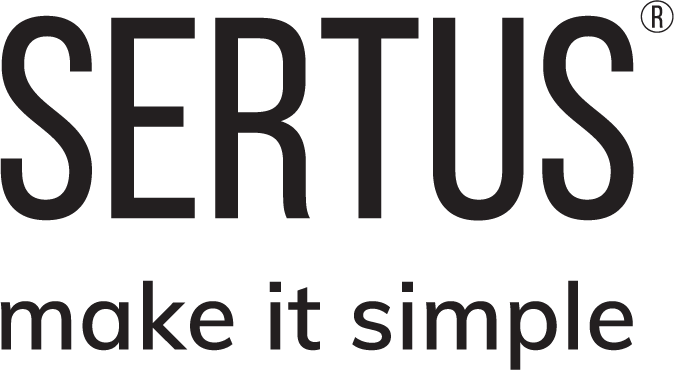What is mechanical smoke ventilation?
Hello and welcome back to another blog from Sertus! In this edition we’re going to run you through exactly what mechanical smoke ventilation is.
Mechanical smoke ventilation doesn’t rely on the natural buoyancy of smoke and gas, but rather relies on powered fan sets to provide smoke ventilation. Mechanical systems are sometimes marked up on plans and specs as MSVS, which stands for Mechanical Smoke Ventilation System.
Reasons for using these systems include greater flexibility with building layout and design. With a mechanical system we can have longer and more complex corridor designs – this is because it falls outside of the scope of Approved Document B. With a mechanical system, you can also have a smaller shaft – as low as a 0.6 square metre shaft, as opposed to a 1.5 square metre shaft in a natural system. This provides a lot of space saving on every floor.
There are two main types of mechanical system – pressurisation and depressurisation.
Pressurisation systems push air into a building, creating a zone of higher pressure which forces smoke away from a protected zone, out through an outlet. They’re typically only used in large office blocks in the UK.
Depressurisation systems work in reverse, they create an area of lower pressure by sucking smoke from the protected zone, protecting the escape route. These systems are commonly used in the UK and are found in high rise residential buildings.
The main products used in mechanical systems are fan sets, air inlet vents, shaft dampers and control systems.
The main certification and guidance for mechanical systems can be found in BS EN 12101-6, the SCA Guide, BS 9991 and BS 9999.
There are some key items to be aware of:
Dampers used in mechanical systems must be certified to BS EN 12101-8, not -2.
Every mechanical system requires a CFD to prove it.
Mechanical systems require both primary and secondary power supplies as well.
Mechanical systems usually require a greater initial investment than natural systems, which is offset by the ability to have a smaller smoke shaft, along with greater efficiencies in corridors due to greater design flexibility.
Sertus have a variety of products which can be used in mechanical smoke ventilation systems – see them on our product page. If you have any questions about our products or services, please do contact us.
